Fix: Mac Won’t Start in Recovery Mode with Command + R Keys
Command and R keys may fail to initiate the recovery mode on a Mac due to issues with the wireless keyboard or incorrect combinations of keys and power buttons. Moreover, corrupt NVRAM can also cause the error in question.
The problem occurs when a user attempts to enter recovery mode on their Mac, but the system boots up in normal mode instead. This issue can affect any model and year of Mac.

Before you begin troubleshooting to force your Mac into recovery mode, ensure that there is no firmware password set; if there is, remove it, as the recovery options will be inaccessible with a firmware password in place. Additionally, recovery options are only available for Lion macOS or later. If your system is not running at least Lion macOS, you will need to perform a clean install of macOS using a DVD or USB drive.
It is also beneficial to use a Mac keyboard during the troubleshooting process. Turn off your system and then turn it on (instead of just restarting) to see if the issue is temporary. Also, ensure that your system’s keyboard is functioning properly.
Solution 1: Switch to a Wired Keyboard
Mac users often operate with a Bluetooth or wireless keyboard. However, the wireless/Bluetooth keyboard’s connectivity may become active too late during the boot process, leading to the keys not being registered in time and resulting in the error at hand. In such cases, using a wired keyboard may resolve the issue.
- Turn off the Mac and disconnect the wireless keyboard.
- Connect a wired keyboard and turn on the Mac.
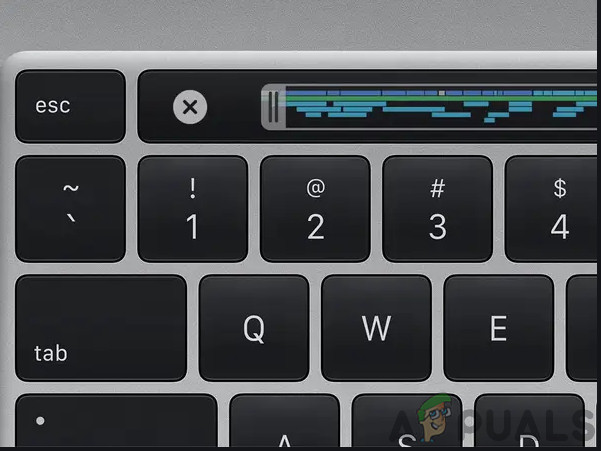
MacBook Pro Keyboard - Allow the system to boot up completely and then turn it off again.
- Turn on the system again and verify if recovery mode is now accessible with the Command & R keys.
Solution 2: Reset NVRAM to Factory Defaults
NVRAM plays a vital role in many startup processes on your Mac. Corrupt NVRAM can lead to the aforementioned error. Resetting NVRAM back to its default settings may correct the problem, although this solution might not be applicable to all users.
- Start your Mac and close all open applications.
- Open Finder, navigate to Utilities, and launch Terminal.

Opening Terminal - Type the following command in Terminal:
sudo nvram -c
- Press the Enter key and provide your password when prompted.
- Next, enter the following command:
sudo shutdown -r now
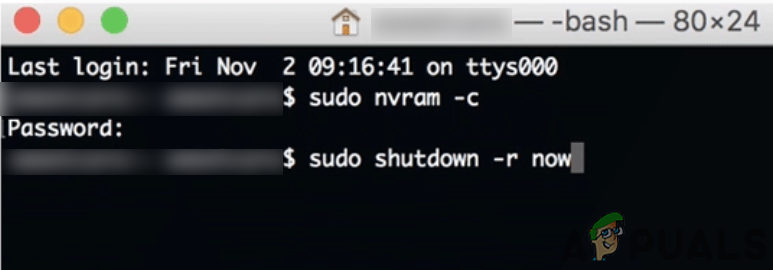
Reset NVRAM of Mac Through Terminal - Hit the Enter key to restart your system.
- Once the system has rebooted, turn it off and then turn it on again to check for resolution of the issue.
Solution 3: Try Different Combinations of Power-On Buttons and Command + R Keys
If you’re using an incorrect sequence of keys or power-on button presses to access recovery mode, the desired result may not occur. Experimenting with the combinations listed below could resolve the issue.
Multiple Key Taps
- Start your Mac and double-tap the Command + R keys when you hear the startup chime to see if the problem is resolved.
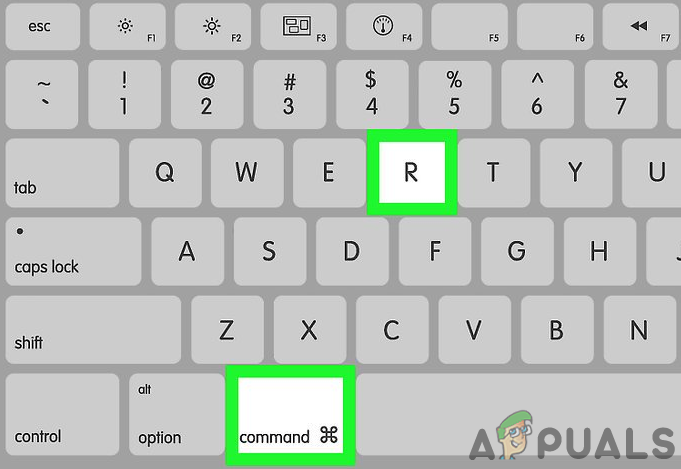
Command + R Keys on the Mac Keyboard - If unsuccessful, turn off the Mac.
- Turn on your Mac and continuously press the necessary keys until the system boots into recovery mode.
Press and Hold Command + R Keys
- Turn off your Mac.
- Then switch off the wireless keyboard.
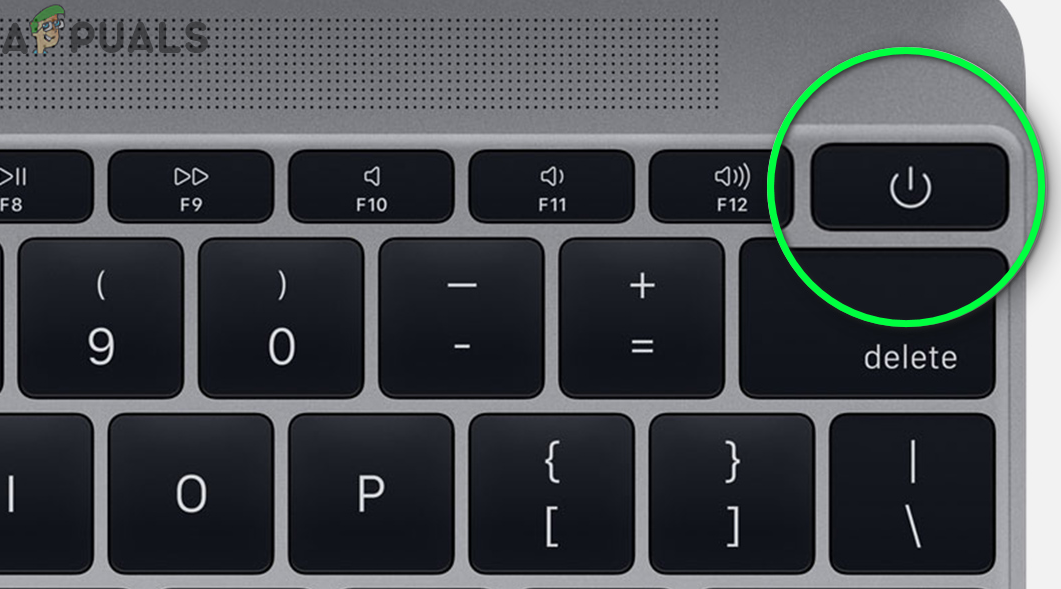
Power Off the Mac Keyboard - Turn on the keyboard and then immediately start the Mac.
- Quickly hold down the Command + R keys to see if the recovery options appear.
Press Keys After the Green Light Flashes
- Turn off the Mac.
- Then turn it on and press the required keys once the green light has flashed to check if you can now enter recovery mode.
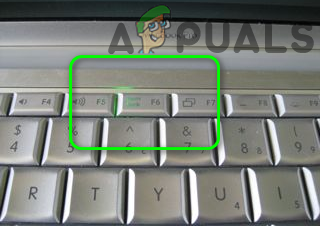
Green Light Flash on Mac
Press Keys While Holding Power Button
- Turn off the Mac.
- Press and hold the power button, Command, and R keys simultaneously for approximately 6 seconds.
- Release the power button while continuing to hold the other keys to see if recovery mode is accessed.
Press Keys Before Powering On the System
- Turn off your Mac, press the Command + R keys, and then the keyboard’s power key.
- Quickly, turn on the Mac and press the keyboard’s power key again to see if the issue is resolved.
Press the Keys After NumLock Flash
- Turn off the Mac. After a moment, turn on the Mac and wait for the NumLock to flash. Then press the required keys and check if recovery options become available.
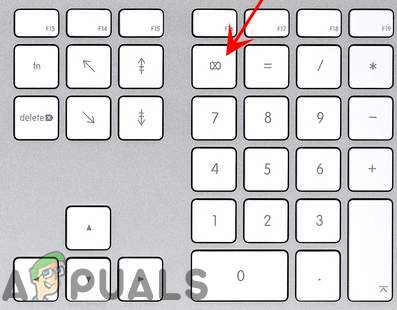
Wait for NumLock Flash on Mac Keyboard
Solution 4: Clean Install macOS
If the recovery partition is missing or not installed, booting into recovery mode using the Command + R keys could be impossible. In this situation, a clean installation of macOS using external media, like a DVD or USB device, is necessary to format the Mac without recovery mode. Verify the presence of the recovery partition by executing the following command in Terminal, which opens Disk Utility:
diskutil list

If no recovery partition exists, perform the following steps to clean install macOS:
- Insert the installation disk into your system’s DVD drive.
- Restart your Mac, then press and hold the C key while booting.
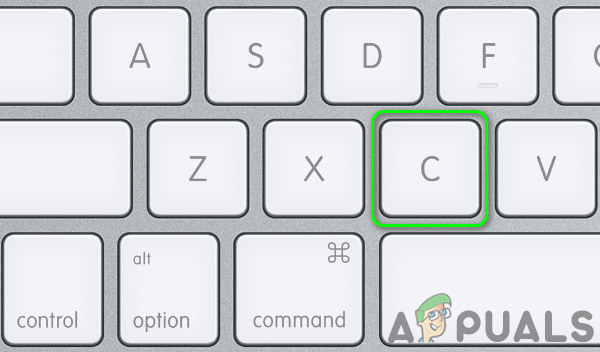
Press the C Key to Boot From DVD - When you reach the installation’s second page with the pull-down menu, navigate to the Utilities Menu. Attempt to repair or reformat the system to address the issue.
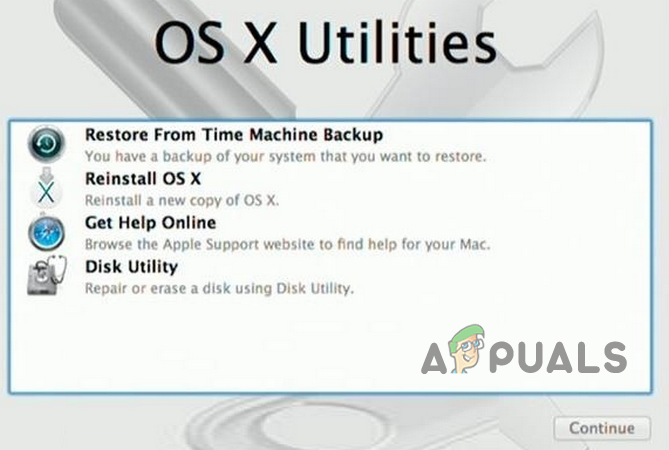
Repair or Reinstall macOS
If you’ve recently replaced the SSD or HDD, the older disk might contain the recovery partition. Utilize that disk to undertake the recovery procedure.
In the event that no solution has been effective thus far, attempt an Internet recovery (Command + Option + R keys) of your system, and make sure to connect your system directly to the router. If the issue continues, consider seeking advanced troubleshooting at an Apple store.





